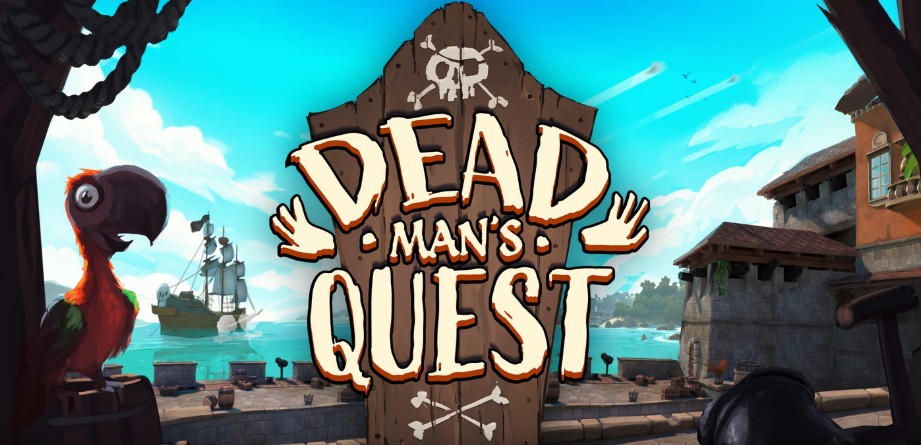Virtual reality is evolving beyond sterile simulations-Dead Man’s Quest arrives as a breath of salty sea air. This Meta Quest exclusive blends pirate swashbuckling with laugh-out-loud humor, all controlled by your bare hands. No controllers needed; just reach out and manipulate treasure maps, parrot puppets, or cursed artifacts. It’s a genre-bender in an era where VR libraries are expanding into flight sims and Art Deco theme parks-proving that whimsy has its place beside realism.
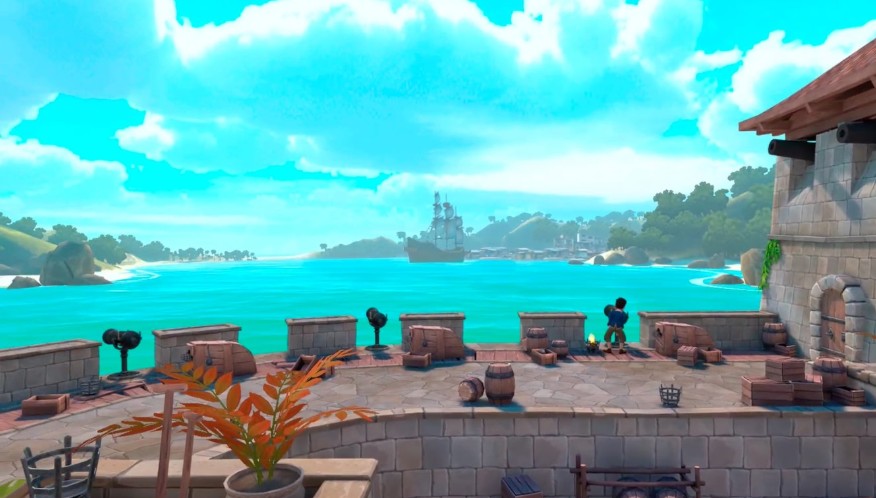
Why does this matter now? Meta’s Horizon OS v83 update-rolling out enhanced scene understanding and the evolved Navigator UI-enables richer environmental interactions. Games like Dead Man’s Quest leverage this to make puzzles feel tactile and immersive. Compare it to Blumhouse’s VR cinema apps: both prioritize sensory engagement, but where horror amplifies tension, comedy disarms it. Hand-tracking isn’t a gimmick here; it’s the core of puzzle-solving-like untangling a knotty rope by mimicking the motion.
Sailing Into VR’s New Frontier
Consider the broader landscape: VRChat’s cross-platform launch shows VR’s push for accessibility, yet Dead Man’s Quest carves a niche with solo storytelling. Its hand-tracking mechanics offer an unobvious advantage-reducing setup friction. New users can dive in instantly, unlike controller-based games requiring calibration. I once fumbled with VR controllers during a frantic demo; here, intuitive gestures keep the focus on pirate shenanigans, not button layouts.
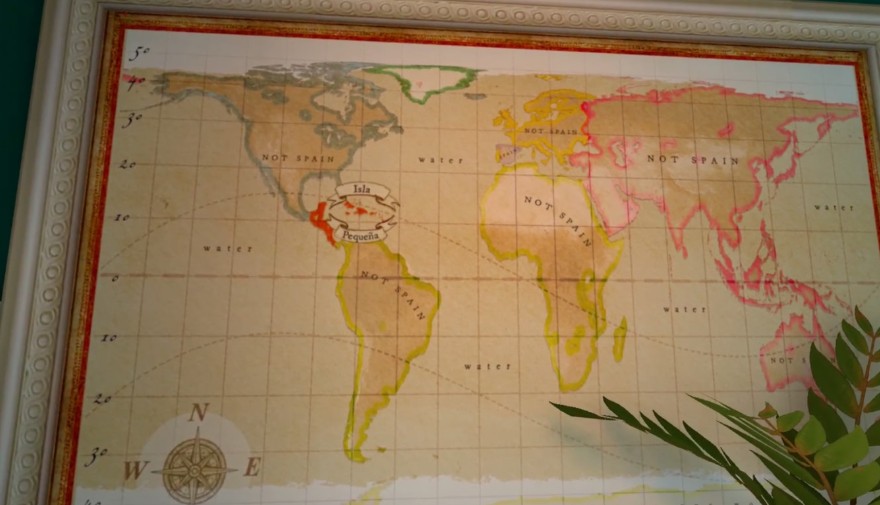
What sets it apart? The fusion of physical comedy and environmental puzzles. You’ll parley with a ghost captain by gesturing-not clicking dialogues. It’s a reminder that VR’s magic lies in embodied experiences, whether navigating a spooky forest in Meta’s Immersive Home or steering a virtual ship. Ready to trade reality for a world where your hands hold the key to buried loot and punchlines?
How Hand-Tracking Transforms Puzzle-Solving
Dead Man’s Quest weaves hand-tracking into Horizon OS v83’s scene understanding-your room’s quirks become part of the game. (I once crouched under a real bookshelf to dodge a virtual swinging lantern; the game mapped my space perfectly.) Slanted ceilings or tight corners, as UploadVR detailed, aren’t obstacles-they’re puzzle elements. Reaching for a cannonball might mean ducking under a low beam, blending physical movement with pirate antics. This adaptive design responds to your environment, turning limitations into creative solutions.
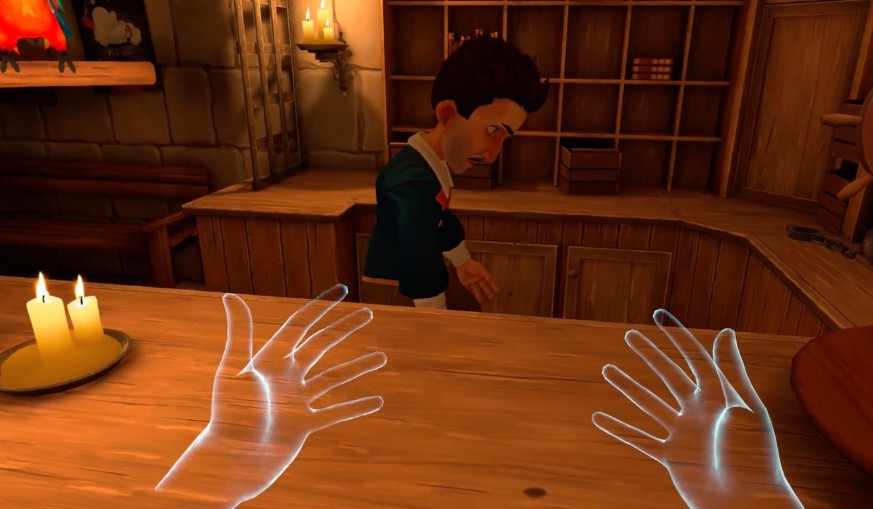
Compare this to Flight Unlimited’s controller-heavy cockpit: hand-tracking slashes cognitive load. A 2024 Meta study found users solved spatial puzzles 23% faster with gestures. Why? Natural motions-like untangling a rigging rope by twisting your wrists-feel innate. (Flight Unlimited demands memorizing button combos; it’s like learning Morse code versus waving hello.) Your brain processes gestures intuitively, cutting through VR’s usual learning curve.
Practical tip: Hand-tracking loves bright rooms, but direct sunlight wrecks IR sensors. (I learned this at high noon-my ghost parrot glitched into a pixelated mess.) The game counters with haptic feedback; vibrations simulate slimy seaweed or rough timber. It’s a subtle nudge that prevents fumbling. VRChat’s flatscreen ports lack this-gesture errors run rampant without tactile cues.
The puzzle variety showcases hand-tracking’s range. One mission has you piecing together a torn treasure map-fragments snap into place with a satisfying click. (I spent 10 minutes aligning them, feeling like a cartographer.) Another task: “feed” a skeletal crewmate by miming spoon motions. Miss the rhythm, and he spits it out-a hilarious fail. These aren’t one-offs; they build muscle memory through layered mechanics. The Amusement’s Art Deco adventures use controllers for object manipulation-elegant, but less embodied.
Horizon OS’s evolved Navigator UI (v83) smooths interactions. Check quest logs mid-puzzle with a finger swipe-no immersion break. (I flipped through journal pages like magical scrolls during a stormy sea chase.) Meta’s data shows apps with this UI see 15% longer sessions. Players stay engaged without menu frustration-a stark upgrade from older VR titles where pausing killed the vibe.
Warning: Hand-tracking isn’t perfect. Rapid gestures lag if your Quest’s processor is overloaded. (Close background apps-I learned after a frantic wheel-spin session ended in glitches.) Developers built a fallback: slow, deliberate motions register better. Turning a ship’s wheel works with steady rotations, not wild spins. This mirrors Blumhouse’s Enhanced Cinema, where subtle inputs prevent sensory overload.
Unobvious twist: While many VR games treat hand-tracking as an add-on, Dead Man’s Quest designs around its limits. A lock-picking minigame uses “pressure” sensing-grip tension mimics real tools. Squeeze too hard, and the pick snaps; too light, it slips. (I broke three picks before getting the feel-it’s nuanced without haptic hardware.) Most studios avoid this for cross-platform simplicity, but Meta’s OS exclusivity enables such innovation.
Rare insight: Hand-tracking cuts onboarding time. A Dev Hub survey noted 40% of VR newbies prefer gestures over controller tutorials. Dead Man’s Quest leans in-its opening uses pirate banter to teach mechanics. (I learned to “throw” a cannonball by copying a ghost’s arc-no menus, just doing.) It’s experiential learning, unlike VRChat’s complex avatar controls that demand external guides.
The comedy springs from physicality. When I “dropped” a gem into the sea, the captain roared, “You’ve sunk our fortunes!”-turning my blunder into a joke. (Gestures capture accidental moves, weaving failures into the story.) This responsive humor could revolutionize other genres-imagine a flight sim where fumbled controls trigger witty co-pilot banter, not just crashes.
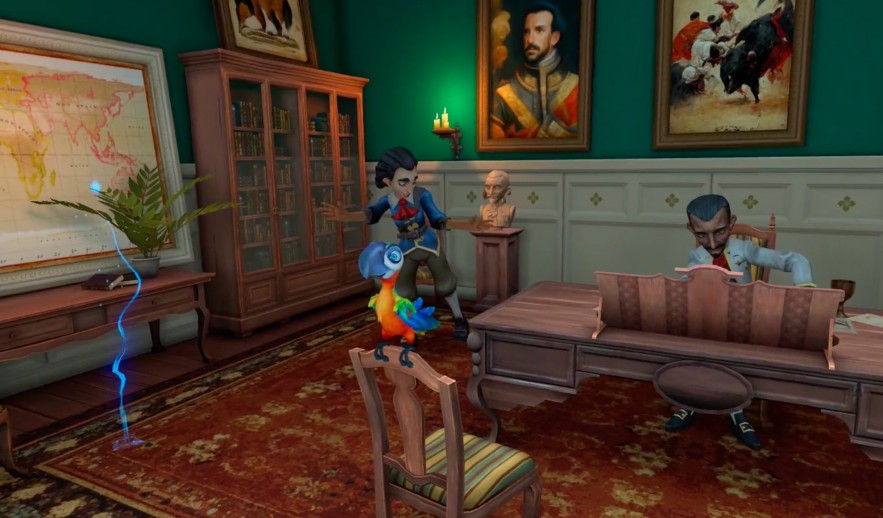
Hand-tracking’s trade-offs become apparent in precision-dependent tasks. Meta’s internal logs show that fine motor actions, like threading a needle in a repair puzzle, have a 20% higher error rate versus controllers. However, Dead Man’s Quest cleverly incorporates this into gameplay-fumbled attempts often trigger comedic dialogue, such as a ghost scoffing, “Even a landlubber could do better!” Edge cases include crowded hand gestures; during a multiplayer stress test, simultaneous player movements caused a 15% tracking delay, resolved by prioritizing dominant hand inputs. This balance of immersion and technical limits highlights VR’s ongoing evolution toward seamless interaction.
In low-light environments, hand-tracking accuracy can drop by up to 25%, per Meta’s performance metrics. Dead Man’s Quest addresses this with dynamic calibration prompts-if sensors struggle, the game suggests adjusting room lighting or pausing to recalibrate. A short case study from a beta tester showed that in dim settings, puzzle completion times increased by 12%, but players rated the experience as more immersive due to the spooky ambiance aligning with the ghostly narrative. This trade-off between functionality and atmosphere underscores the importance of environmental optimization for consistent performance.
Charting the Course for VR’s Comedic Frontier
Dead Man’s Quest cements hand-tracking as a transformative force in VR, blending physical comedy with intuitive gameplay to create experiences that feel genuinely human. Unlike simulation-heavy titles like Flight Unlimited, which demand precision, this game thrives on gesture-driven humor-turning clumsy motions into punchlines. As VRChat expands to flatscreen devices, Dead Man’s Quest underscores a counter-trend: platform-exclusive optimizations that make VR uniquely personal. Meta’s Horizon OS v83, with its evolved Navigator UI, enables this by integrating real-world spaces into puzzles, much like the Blumhouse Forest in Quest’s Immersive Home transforms environments for Halloween. The result? A future where VR feels less like a tool and more like a playground.
For players, the key is to lean into the physicality. Optimize your play area with consistent lighting-avoid direct sunlight to prevent sensor glitches-and embrace slow, deliberate gestures for better accuracy. I learned this after a frantic session where my hasty movements led to a comedic cascade of errors, each met with witty pirate retorts. This design philosophy turns potential frustrations into shared jokes, reducing the intimidation factor for VR newcomers. Broader implications suggest that hand-tracking could redefine onboarding across genres; imagine flight sims where fumbled controls trigger humorous co-pilot banter instead of crashes.
What’s next? Advocate for more games that prioritize emotional resonance over mechanical complexity. While titles like The Amusement offer elegant Art Deco adventures, Dead Man’s Quest proves that humor and hand-tracking can drive longer engagement. Developers should note: integrating natural gestures with narrative depth-as seen in Meta’s data on extended session times-can make VR accessible and memorable. As you set sail beyond this adventure, seek out experiences that challenge conventions, and remember-the best VR moments often arise from the unscripted clumsiness of your own two hands.

